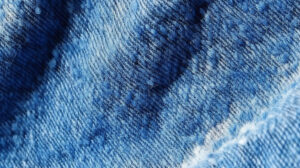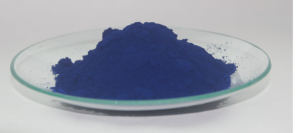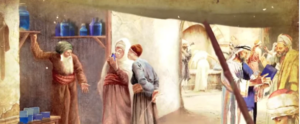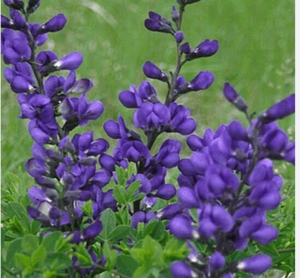Everything About Denim and Jeans Part 3 : Indigo Magic: The Science and Significance of Dyeing Denim
- Home
- DENIM SERIES
- Everything About Denim and Jeans Part 3 : Indigo Magic: The Science and Significance of Dyeing Denim
Denim, the iconic fabric that has seamlessly woven itself into the fabric of our culture, is not just material; it’s a masterpiece. Indigo, the deep and timeless blue hue that graces denim, is a testament to the art and chemistry of dyeing. In this blog, we delve into the science of indigo dyeing, its historical significance, and the cultural resonance it holds.

Introduction Indigo dyeing, an ancient practice that spans centuries and cultures, has left an indelible mark on the world of fashion. This unique dyeing process goes beyond color; it’s a connection to tradition, a nod to rebellion, and a celebration of craftsmanship.

A Glimpse into the History Indigo dyeing’s history stretches back to ancient civilizations such as Egypt and India. It was a coveted pigment due to its rich and enduring color. In regions like India, indigo became a symbol of status and power, while in West Africa, it held spiritual significance. As European colonial powers began trading indigo, its allure spread across continents.

The Chemistry of Indigo Dyeing The magic of indigo lies in its chemistry. Unlike most dyes that are applied directly to fabrics, indigo requires a complex process to adhere to fibers. Indigo molecules must undergo a reduction process to become soluble before they can bond with the fabric. This process, involving fermentation and oxidation, results in the iconic blue color that’s so deeply associated with denim.
From Vats to Modern Techniques Traditionally, indigo dyeing involved vats of fermented indigo plants. Today, modern techniques use synthetic indigo, allowing for more controlled and efficient dyeing processes. However, the spirit of indigo dyeing remains intact, whether in a small workshop or a state-of-the-art factory.

Indigo and Rebellion Indigo’s rebellious history is closely tied to its significance in counterculture movements. The “blue jeans rebellion” of the 1950s and ’60s saw denim garments embraced by youth seeking to express their non-conformity. This marked the beginning of denim’s transformation from workwear to a symbol of freedom and self-expression.
Indigo and Sustainability In an era where sustainability is paramount, indigo dyeing faces challenges. The dyeing process can be resource-intensive, and wastewater containing indigo can be harmful to the environment. However, innovations in dyeing techniques and wastewater treatment are paving the way for a more sustainable indigo industry.
Conclusion Indigo dyeing is more than just a method of coloring fabric; it’s a journey through time, culture, and chemistry. The deep blue hue carries the weight of history, the thrill of rebellion, and the artistry of craftsmanship. As we continue to explore the world of denim, our next stop will be in the realm of fashion, where denim’s versatility and cultural impact are on full display.
Types of Denim fabric available in 2024
ABOUT US
We Provide Custom Jeans services in USA, Canada, London, UK, Australia, Europe, Netherland, New Zealand, and many other Gulf Countries Like UAE, Kuwait, Oman, and Every Country in Europe and Asia, South Asia, and South American Countries, We also Provide Tailored Jeans Services in San Jose San Diego Los Angeles California, New York, Brooklyn, Chicago, San Antonio Dallas Texas, Illinois, Houston, Phoenix Arizona, Philadelphia Pennsylvania, Boston, Oklahoma, Memphis and every major city of United States of America and Europe, We also specialise in Custom Jeans for Women in America


You must be logged in to post a comment.